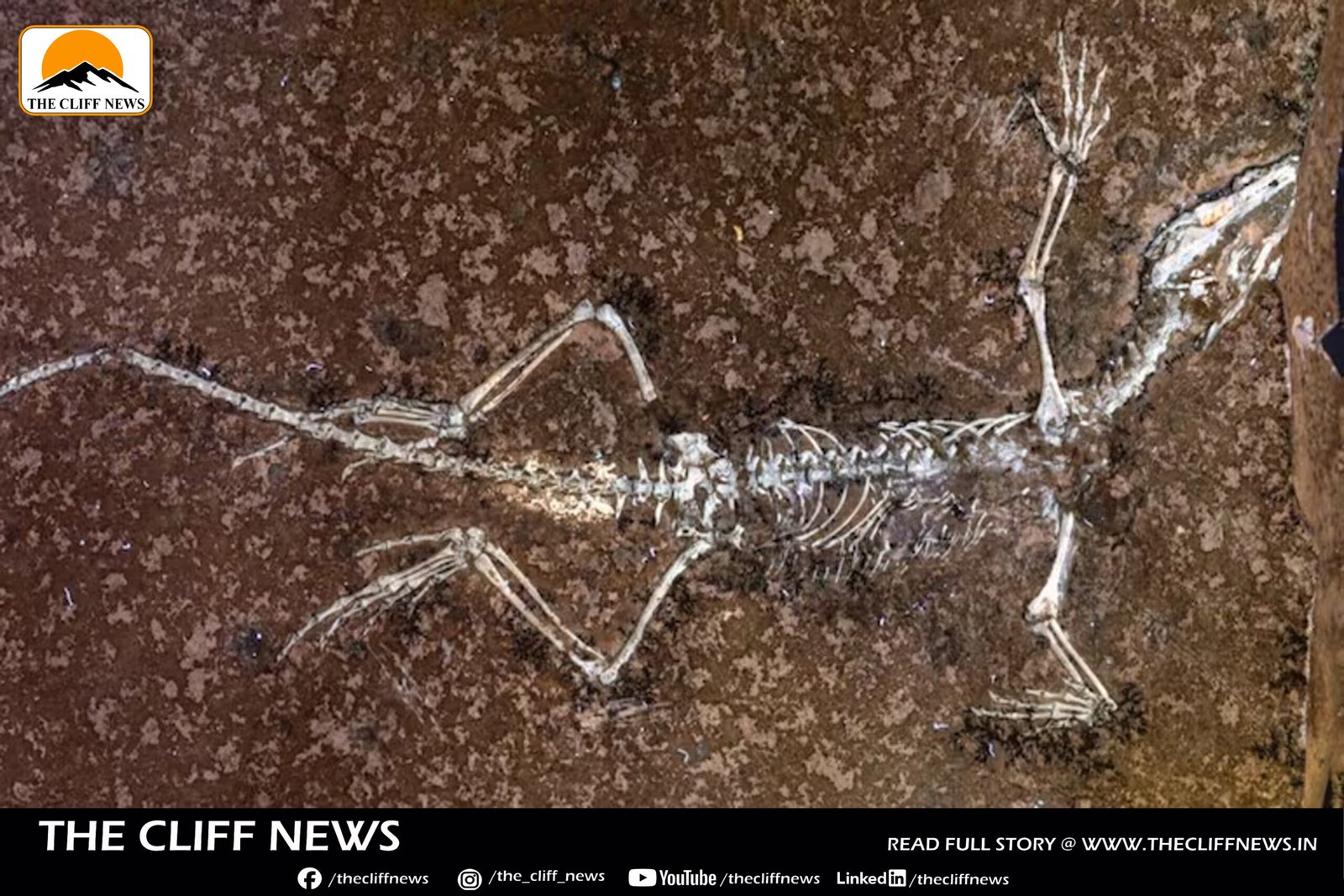In a remarkable tale of scientific detective work, two fossil halves separated for nearly 90 years have finally been reunited—unveiling a new species of tree-dwelling reptile from the Jurassic era, named Sphenodraco scandentis.
The story began in the 1930s, when a fossil was unearthed in Germany’s Solnhofen limestone, a site famed for preserving prehistoric life in extraordinary detail. One half of the fossil found its way to Frankfurt’s Senckenberg Museum, long thought to be part of Homoeosaurus maximiliani, a known lizard-like reptile.
Decades later, Victor Beccari, a doctoral student at the Bavarian State Collection, made a game-changing discovery: a matching fossil half stored at the Natural History Museum in London. Using DNA barcoding and skeletal analysis, Beccari and his team confirmed that the two pieces were originally part of the same animal.
“The fossils were separated almost a century ago and the link was lost,” said Beccari. “Now, together, they tell a completely new story.”
The fully assembled fossil reveals a long-limbed, agile reptile—the Sphenodraco scandentis—with clear adaptations for climbing trees, a rare find that sheds new light on the evolution of arboreal reptiles during the Jurassic period.
This historic reunion not only corrects a long-standing misidentification but also opens a fresh chapter in our understanding of how ancient reptiles adapted to life in the trees—an early precursor to today’s lizards and other climbing vertebrates.
Sometimes, history hides in plain sight—and in this case, it was tucked away in the collections of two different museums, waiting nearly a century to come together.



